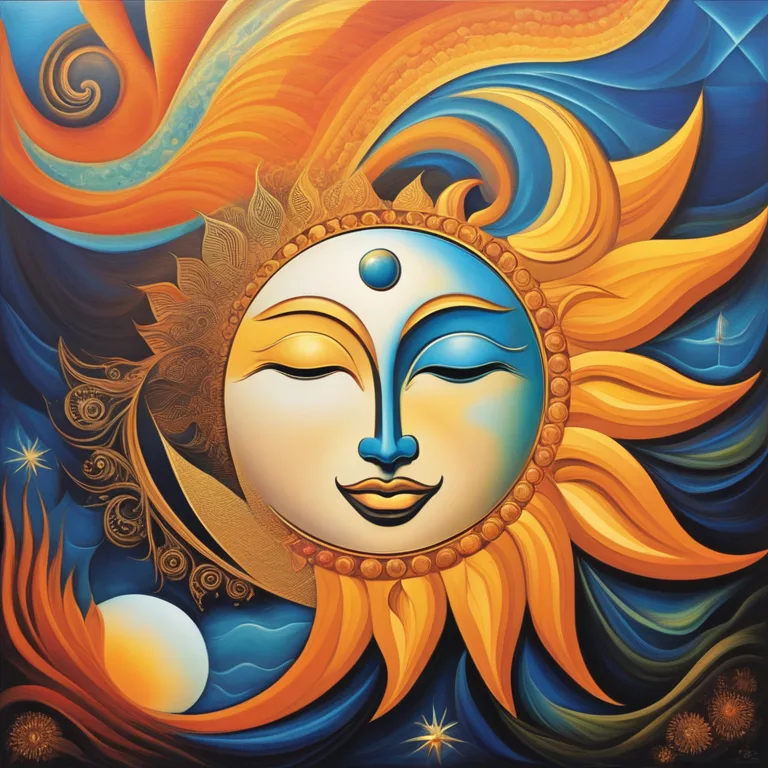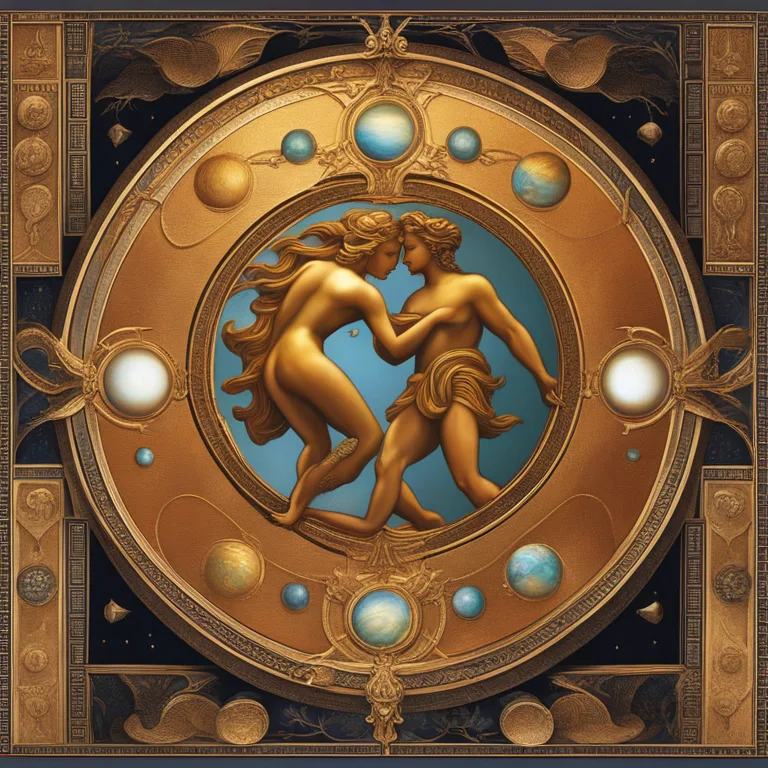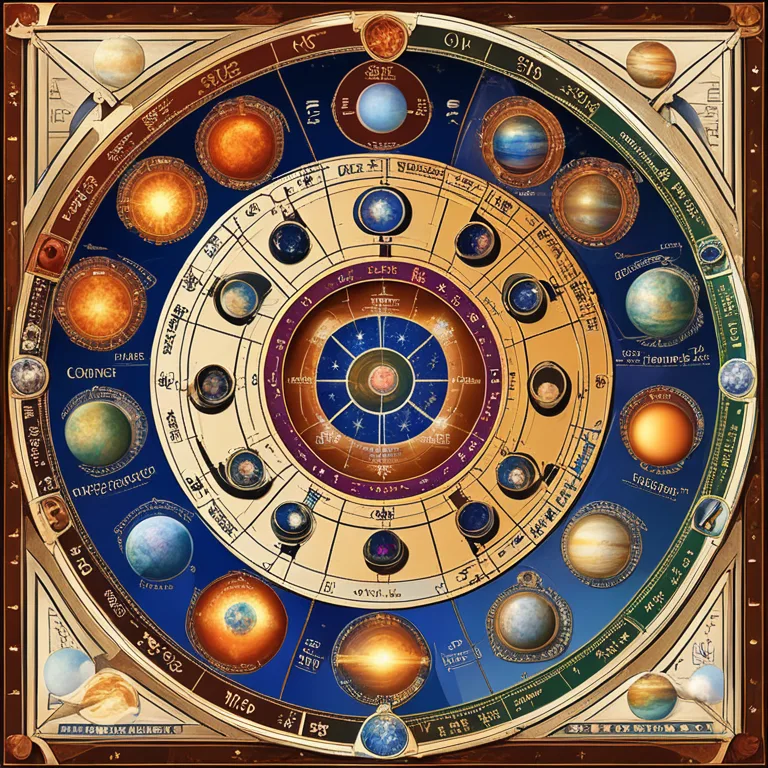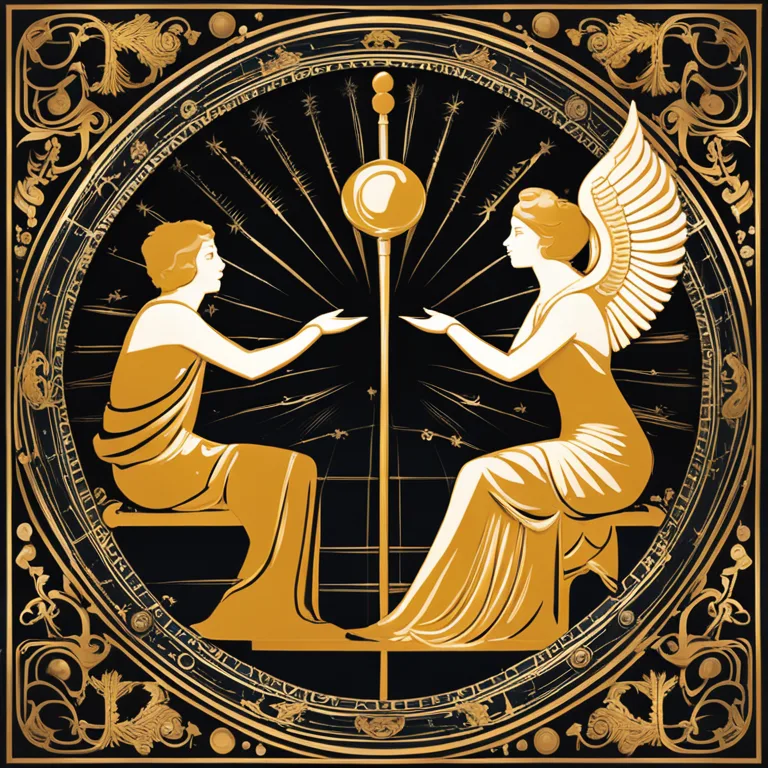
Are Birth Charts Astrologically Compatible?
Discover the cosmic chemistry between you and your partner through the lens of astrological birth chart compatibility.
article by Priya Deshmukh
Introduction to Synastry
When two individuals come together, their unique cosmic signatures, revealed through their natal (or birth) charts, interact in complex ways. This is the foundation of synastry, the astrology of relationships. Through comparing planetary placements and aspects between charts, astrologers gain insights into the potential compatibility of a pair. This process involves more than just comparing Sun signs; it delves into the Moon, Venus, Mars, and beyond, crafting a narrative of attraction, communication, challenges, and growth.

The Impact of the Sun and Moon
The Sun represents our core being, our identity, and our vital force, while the Moon governs emotions, instincts, and deep-rooted needs. When analyzing compatibility, harmonious aspects (such as trines and sextiles) between the Suns and Moons of two charts tend to point to a fundamental understanding and respect between individuals. The Sun in one chart illuminating the Moon in the other can indicate a strong emotional bond. Conversely, challenging aspects (like squares and oppositions) may suggest areas where compromise and effort are needed to maintain harmony.

Venus and Mars: The Dance of Love
Venus is the planet of love and beauty, dictating how we relate and what we value, while Mars drives our desires and our approach to pursuing what we want. For relationships that sizzle, connections between Mars in one chart and Venus in the other suggest physical attraction and romantic pursuit. Furthermore, the exchange between two individuals' Venuses can show how values align and affection is expressed, whereas Mars interactions highlight how passions and energies are met and potentially challenged.

Mercury's Role in Communication
Mercury rules communication and thought processes. A harmonious aspect between two Mercuries suggests that the couple will find common ground in conversation and mental pursuits. They may discover a mental wavelength on which they can both resonate. Conversely, disharmonious aspects can result in misunderstandings, requiring conscious effort to bridge the communication gap. In a world where words are often the thread that binds or unravels a relationship, Mercury’s placement is key to understanding compatibility.

Outer Planets: Long-term Influences
The slower-moving outer planets—the generational giants like Uranus, Neptune, and Pluto—exert less direct influence on daily interactions but shape the overarching themes in a relationship. Their aspects might not ignite the spark of day-to-day romance, but they offer profound insights into long-term dynamics, transformation, and spiritual connections. The way these planets interact between charts indicates how a couple will navigate life changes, evolve together, and meet each other's most transcendent or shadowy places.
Compatibility in Action: Real-World Applications
In the 2024 landscape and beyond, where new relationships may bloom against a backdrop of digital innovation and global advancements, understanding one's birth chart compatibility remains a timeless quest. As individuals meet under both virtual and traditional settings, synastry offers a tool to deepen understanding beyond surface-level interactions. By considering these astrological principles, couples can foster awareness and empathy, laying the groundwork for lasting partnerships forged under a cooperative starfield.
Published: 12/27/2023
Modified: 12/27/2023
More predictions
Come back here soon to learn more about yourself and your future


The Value of Your Birth Chart Circle
Delve into the mysteries of your birth chart circle and learn how the heavens at your birth moment influence your life path.


Birth Charts Unravelled: Beginner's Guide
Delve into the basics of birth chart analysis and its significance in personal astrology with this beginner-friendly guide.


Birth Chart Aspects Demystified
Delve into the intricate tapestry of astrology through the detailed study of birth chart aspects, and comprehend how they influence your celestial profile.